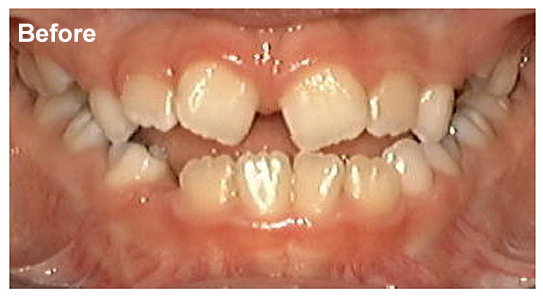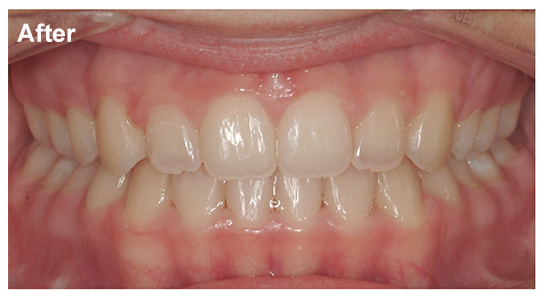Mandibular Prognathism- The Royal Jaw
August 25th, 2015

WITHIN FAMILIES, it’s obvious that facial features are hereditary. The best known example is the Habsburg Family, a royal family with large lower jaws.
Anterior crossbites, openbites, or both are seen in parents and grandparents, aunts and uncles, siblings, and cousins of large lower jaw patients. Inheritance is strong. In a recent study, the heritability of mandibular prognathism (large lower jaw) was estimated to be 0.316 and autosomal dominant, suggesting a major gene influences large lower jaw growth.

Large lower jaws are present as early as age 7. This is why when your orthodontist sees an underbite or openbite with a large lower jaw, they will do an in-depth analysis of jaw growth as well as take a careful family history for large lower jaw, called Class III skeletal malocclusion.

Genetically programmed large lower jaw growth cannot be prevented. Maxillofacial surgeons have been doing large lower jaw surgery for decades and often do several hundred per year. This surgery may be done at age 16 in females and age 21 in males. Your orthodontist can take a hand-wrist film to look at radius bone growth completion to determine the best time for orthognathic surgery (jaw surgery).

This case was treated by board certified orthodontist Dr. Ann Marie Gorczyca of Gorczyca Orthodontics, Antioch, CA. Find us at www.clubbraces.com or call us at (925) 757-9000 to schedule a complimentary jaw assessment.







